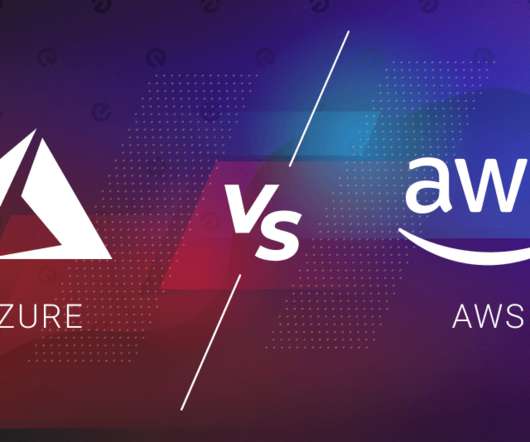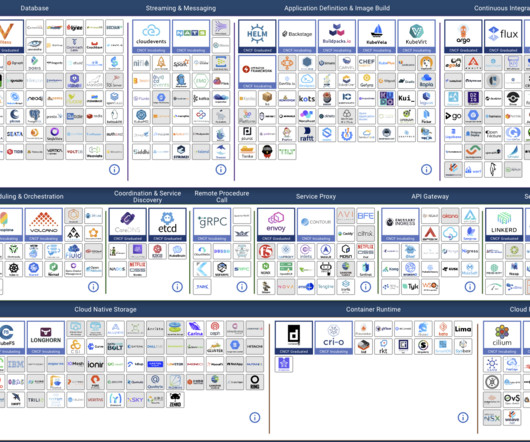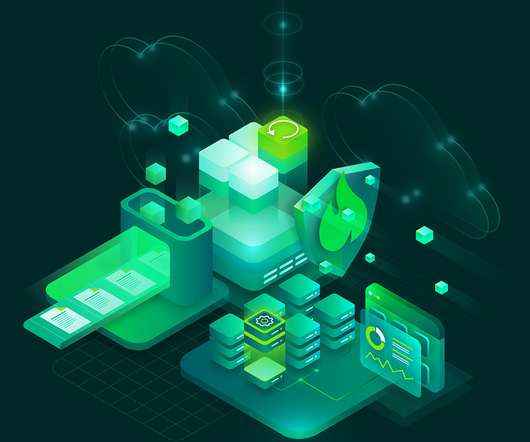NiFi as a Function in DataFlow Service
Cloudera
NOVEMBER 16, 2021
NiFi as a Function in DataFlow Service provides an efficient, cost optimized, scalable way to run NiFi flows in a completely serverless fashion. Functions as a Service (FaaS) is a category of cloud computing services that all main cloud providers are offering (AWS Lambda, Azure Functions, Google Cloud Functions, etc).
























Let's personalize your content